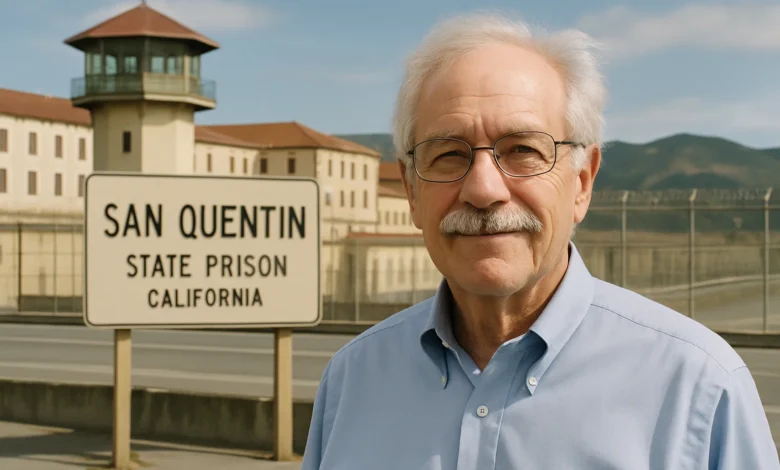San Quentin State Prison, located in California, is one of the most infamous correctional facilities in the United States. Known for its historical significance, harsh conditions, and housing some of the country’s most notorious inmates, San Quentin has long been a symbol of the American penal system. Within this complex, the name Larry Rosenberger has surfaced in connection with notable events and individuals linked to this facility.
Established in 1852, San Quentin is California’s oldest prison and one of the most well-known in the nation. It serves as the state’s only male death row and has a reputation for both its strict security measures and its unique programs aimed at rehabilitation. Over the years, the prison has housed a diverse array of inmates, from common criminals to high-profile figures.The institution is located north of San Francisco, near the city of San Rafael, in Marin County, though it is commonly associated with the city of San Quentin, California. The prison’s notoriety has made it a frequent subject of media coverage, academic studies, and reform efforts.
Larry Rosenberger is a name connected with San Quentin in various capacities, often appearing in discussions related to prison life, rehabilitation, or notable cases. While not as widely recognized as some high-profile inmates or wardens, Rosenberger’s story sheds light on the human aspect of incarceration at San Quentin.Reports and references indicate that Larry Rosenberger has had involvement with the prison system, either as an inmate, staff member, or an individual closely tied to events there. His association with San Quentin reflects the broader themes of justice, punishment, and the complexities of prison culture in California.
Though detailed public records about Larry Rosenberger are limited, his connection to San Quentin illustrates the multifaceted reality of life inside the prison walls. Individuals like Rosenberger often embody the struggles and challenges faced by those inside the penal system.Whether through advocacy, participation in prison programs, or simply by their presence, such individuals contribute to the ongoing dialogue about reform and rehabilitation. San Quentin, in particular, is known for offering various educational and vocational programs aimed at reducing recidivism, and many inmates and staff members have been involved in these efforts.
One of the reasons San Quentin remains a focal point in discussions about prison reform is its commitment to rehabilitation. Over the years, the prison has developed initiatives such as education programs, vocational training, and arts projects designed to prepare inmates for life after release.Larry Rosenberger’s connection to San Quentin could be viewed through this lens—as part of a larger movement toward understanding how rehabilitation can transform lives, even within a tough and often unforgiving environment.
San Quentin is emblematic of the challenges facing California’s broader correctional system. Issues such as overcrowding, inmate health care, and mental health services are persistent concerns. The state has also grappled with balancing punishment and rehabilitation, reflecting national debates on criminal justice reform.Individuals linked to San Quentin, including Larry Rosenberger, highlight the human dimension of these challenges. Their stories underscore the importance of addressing not only the legal and security aspects of incarceration but also the social and psychological impacts.
Larry Rosenberger’s association with San Quentin, California, offers a window into the complexities of one of America’s most famous prisons. While specific details about Rosenberger may be limited, his connection to San Quentin invites reflection on the broader issues of justice, punishment, and the potential for rehabilitation within the prison system.San Quentin remains a critical site in California’s efforts to navigate these challenges. It stands as a reminder that behind every prison number or case file is a human being—someone whose life intersects with the justice system in ways that are often complicated and profound.Understanding stories like that of Larry Rosenberger is essential for anyone interested in the future of criminal justice reform, the realities of prison life, and the enduring question of how society can balance safety, justice, and humanity.
